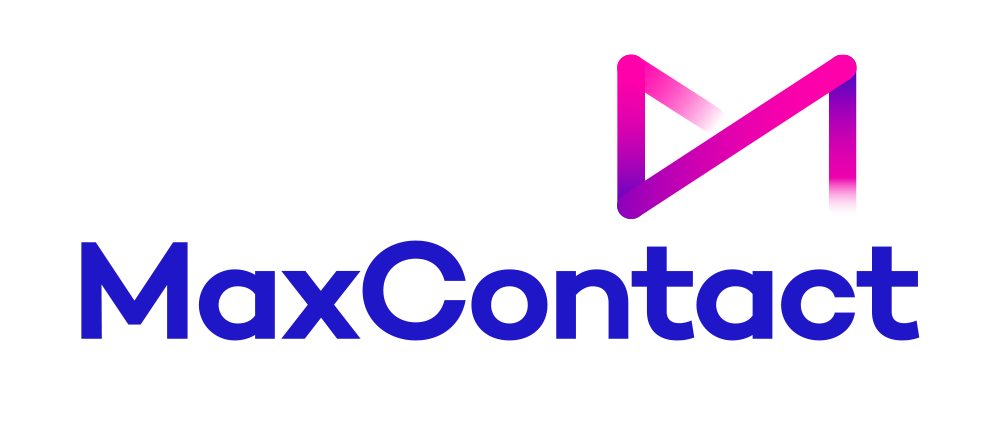20 Effective Customer Service Questions
Great customer service begins with asking the right questions. One of the most effective ways to understand how your customers feel is to simply ask, and the way you phrase those questions can shape the entire customer experience.
Well-structured customer service questions help you find out what your customers' needs are and build stronger relationships.
In this article, we’ve rounded up 20 customer service questions that are not only helpful for resolving issues but also for improving satisfaction and loyalty.
Why Asking the Right Questions Matters
As touched upon, great customer service isn’t just about solving problems; it’s about understanding your customers’ needs and expectations.
Asking the right questions allows you to gather valuable insights, build stronger relationships, and deliver more personalised support. Salesforce Research reveals that 63% of consumers and 76% of B2B buyers expect companies to understand and anticipate their individual needs and expectations.
When you ask well-crafted questions, you:
- Discover pain points that might not be obvious at first glance.
- Show customers you care about their experience, not just the outcome.
- Get honest feedback that helps improve products, processes, and service quality.
- Guide conversations in a way that feels supportive rather than transactional.
Social psychologist Tijs Besieux, in a piece for Harvard Business Review, states that by asking the right questions, companies can "unlock hidden opportunities, deliver better results and mitigate unforeseen risks."
Whether you're onboarding a new client, handling a complaint, or following up after an interaction, the right questions help shape a more positive, effective, and meaningful experience for both the customer and your team.
How Is CES Different from NPS and CSAT?
While CES (Customer Effort Score), NPS (Net Promoter Score), and CSAT (Customer Satisfaction Score) are all popular customer service metrics, they each measure different aspects of the customer experience:
CES (Customer Effort Score):
Customer effort score focuses on how easy it is for a customer to get their issue resolved. It asks questions like, “How easy was it to get the help you needed?” A lower effort score indicates a smoother experience, which often leads to higher loyalty.
NPS (Net Promoter Score):
NPS measures long-term customer loyalty. It asks customers how likely they are to recommend your product or service to others on a scale from 0 to 10. While NPS gives a good overview of brand perception, it doesn’t always reflect a single service interaction.
CSAT (Customer Satisfaction Score):
CSAT measures a customer’s satisfaction with a specific experience, typically right after an interaction. It usually involves a question like, “How satisfied were you with your support today?” CSAT is quick to gather and useful for monitoring service quality in real-time.
To Summarise:
- CES measures effort
- NPS measures loyalty
- CSAT measures satisfaction
Using all three together gives you a complete picture of the customer experience from individual touchpoints to overall brand loyalty.
Effective Questioning Techniques for Customer Service
The quality of the questions your customer service team asks can impact the outcome of each interaction.
Effective questioning helps find the root of an issue and shows customers that you're genuinely interested in helping, not just ticking a box.
Here are some proven questioning techniques that help improve customer service conversations:
|
Question Type |
Description |
Example |
Why it works |
|
Open-Ended Questions |
These questions invite detailed responses and encourage customers to share more about their experience. |
"Can you tell me more about what happened?" |
It creates space for the customer to fully explain the issue in their own words. |
|
Closed-Ended Questions |
Best used to confirm specific facts or details quickly. |
"Have you tried restarting the device?" |
It helps narrow down the issue and speeds up the resolution process. |
|
Probing Questions |
Used to dig deeper when initial answers are vague or incomplete. |
"What specifically did you find confusing about the process?" |
It guides the conversation toward clarity and helps uncover what’s causing frustration. |
|
Clarifying Questions |
Make sure that you fully understand the customer’s concern before moving forward. |
"So just to confirm, the issue started after the latest update, correct?" |
Removes misunderstandings and shows you’re paying attention. |
|
Reflective Questions |
Used to validate what the customer has said and show empathy. |
"It sounds like you were expecting the issue to be resolved on the first call, is that right?" |
Reflective questions make customers feel heard and understood, which builds trust. |
|
Leading Questions |
These gently guide the customer toward a solution, often used when the next steps are clear. |
"Would you be happy if we arranged a replacement to be delivered tomorrow?" |
It offers a resolution and moves the conversation toward closure. |
Tip: Balance is key. Too many closed questions can make the interaction feel robotic, while too many open-ended ones might frustrate customers who want quick answers. Tailor your questioning based on the situation, the customer’s communication style, and the complexity of the issue.
Example CES Survey Questions
Customer effort doesn’t just influence how a single interaction is perceived; it plays a role in shaping long-term loyalty.
The easier it is for customers to get what they need at every stage, the more likely they are to return and recommend your brand. That’s why it’s important to evaluate effort across the entire journey, from first contact to follow-up.
Below are example CES survey questions designed to assess effort at different touchpoints, helping you identify pain points, simplify experiences, and build lasting trust.
Getting Started
1. How easy was it to find the information you needed on our website?2. Did you encounter any obstacles when trying to get in touch with us?
3. How simple was it to identify the right department or person to help you?
4. Was the process of creating an account or logging in easy enough to understand?
5. How easy was it to understand the available support options before reaching out?
Experience During the Interaction
6. To what extent did our representative make the process feel straightforward
7. Was it easy to explain your issue or request to the representative?
8. How clearly did we explain the next steps during your interaction?
9. Did you feel you had to repeat yourself at any point in the conversation?
10. How well did the representative manage your expectations during the interaction?
Problem-Solving
11. How much effort did you personally have to invest to get your issue resolved?
12. Did resolving your issue require you to contact us multiple times?
13. How simple was it to follow the instructions or solution we provided?
14. Were you transferred between different teams or agents unnecessarily?
15. Did you have to use multiple channels (e.g., call and email) to resolve your issue?
Aftercare and Feedback
16. Was it easy to track the status of your support case or request after the interaction?
17. Did you find it easy to update us or add more information if needed?
18. How smooth was the process of submitting a review or follow-up query?
19. How well did our post-service communication support your ongoing needs?
20. Was it clear how your feedback would be used to improve our service?
Time to Ask Better Questions
Although many businesses are using virtual agents to improve their customer service offering, human agents are still needed for addressing sensitive and complex issues.
If your agents have the training to show empathy and ask questions that validate customer experiences, you improve your chances of retaining customers.
This is especially important, as research from Bain & Company reveals that even a 5% increase in customer retention can lead to profit growth of 25% to 95%.
If you always ask the same questions, you’ll just end up getting the same results.
Call centre agents can add real value to their customers' experience by asking thoughtful questions that address the individual needs of the customer.
Find out how MaxContact can help you improve your customer interactions and improve outcomes. Request a demo today!
.png)
From the blog







